The mammalian phosphatidylinositol 3-phosphate 5-kinase (PIKfyve) regulates endosome-to-TGN retrograde transport
- PMID: 16954148
- PMCID: PMC1904490
- DOI: 10.1242/jcs.03153
The mammalian phosphatidylinositol 3-phosphate 5-kinase (PIKfyve) regulates endosome-to-TGN retrograde transport
Abstract
The yeast gene fab1 and its mammalian orthologue Pip5k3 encode the phosphatidylinositol 3-phosphate [PtdIns(3)P] 5-kinases Fab1p and PIKfyve, respectively, enzymes that generates phosphatidylinositol 3,5-bisphosphate [PtdIns(3,5)P(2)]. A shared feature of fab1Delta yeast cells and mammalian cells overexpressing a kinase-dead PIKfyve mutant is the formation of a swollen vacuolar phenotype: a phenotype that is suggestive of a conserved function for these enzymes and their product, PtdIns(3,5)P(2), in the regulation of endomembrane homeostasis. In the current study, fixed and live cell imaging has established that, when overexpressed at low levels in HeLa cells, PIKfyve is predominantly associated with dynamic tubular and vesicular elements of the early endosomal compartment. Moreover, through the use of small interfering RNA, it has been shown that suppression of PIKfyve induces the formation of swollen endosomal structures that maintain their early and late endosomal identity. Although internalisation, recycling and degradative sorting of receptors for epidermal growth factor and transferrin was unperturbed in PIKfyve suppressed cells, a clear defect in endosome to trans-Golgi-network (TGN) retrograde traffic was observed. These data argue that PIKfyve is predominantly associated with the early endosome, from where it regulates retrograde membrane trafficking to the TGN. It follows that the swollen endosomal phenotype observed in PIKfyve-suppressed cells results primarily from a reduction in retrograde membrane fission rather than a defect in multivesicular body biogenesis.
Figures
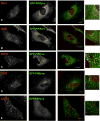
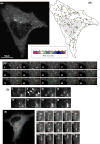
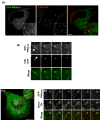
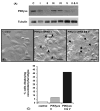
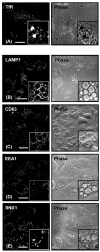

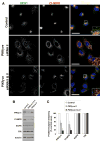
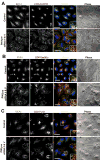
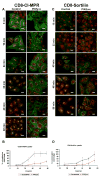

References
-
- Bonifacino JS. The GGA proteins: adaptors on the move. Nat Rev Mol Cell Biol. 2004;5:23–32. - PubMed
Publication types
MeSH terms
Substances
Grants and funding
LinkOut - more resources
Full Text Sources
Other Literature Sources
Molecular Biology Databases
Miscellaneous

